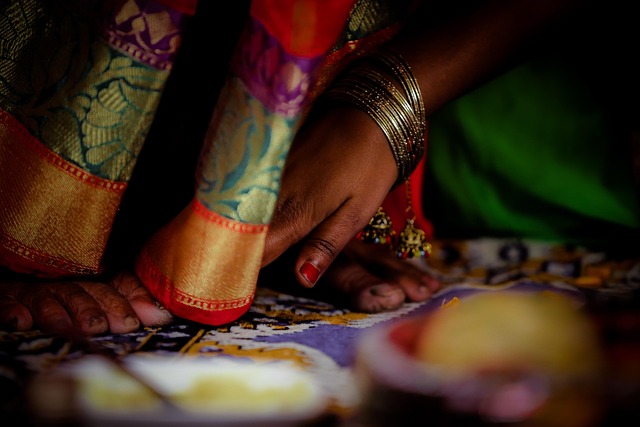Preserving Tradition: The Intersection of Art and Design in Architecture
Architecture is not just about constructing buildings; it is a profound expression of culture, values, and history. At the heart of great architecture lies a deep respect for tradition, where art and design converge to create spaces that resonate with the soul of a community. As we explore the intricate relationship between these elements, we uncover how preserving traditional techniques and aesthetics can lead to innovative and forward-thinking designs.
The Role of Art in Architecture
Art enriches architecture, injecting emotion and identity into structures. From the grand cathedrals of the past to contemporary homes, artistic elements tell stories and reflect societal values. By incorporating traditional artistic styles—such as ornamentation, sculpture, or frescoes—architects pay homage to cultural narratives that have stood the test of time. This respect for tradition not only preserves a community’s heritage but also inspires future generations, instilling a sense of pride and belonging.
Design as a Medium of Respect
Design is where architecture articulates its function, merging practical needs with aesthetic beauty. Yet, while pursuing modernity, architects often face the challenge of balancing innovation with the respect for traditional forms. The best designs find harmony between old and new, creating spaces that are both contemporary and reflective of their historical contexts. This respectful approach can be seen in the revival of regional materials, sustainable methods, and local craftsmanship, honoring the past while addressing the needs of the present and future.
Case Studies in Preserving Tradition
Across the globe, various architectural projects exemplify this delicate balance. In Kyoto, Japan, the seamless integration of modern buildings with ancient temples showcases a commitment to tradition. The careful attention to materials and design elements respects the city’s historical charm while providing functional spaces for contemporary life.
Similarly, in the heart of Mexico City, the renovation of colonial-era structures highlights how architecture can adapt to modern uses without sacrificing its historical integrity. These interventions not only preserve the physical structures but also sustain the cultural essence embedded in them.
The Emotional Connection to Tradition
When people step into spaces that respect tradition, they often feel an emotional connection, a sense of grounding in their cultural roots. This feeling can transform an ordinary building into a sanctuary of memory and experience. Architectural designs that embrace tradition invite community members to connect with their heritage, fostering a collective identity that strengthens social bonds.
As we navigate a world increasingly defined by rapid change, the intersection of art and design in architecture serves as a powerful reminder of the importance of tradition. By preserving and integrating these elements into our designs, we not only honor the past but also enrich our future, ensuring that the stories and values of our ancestors continue to inspire and resonate across generations.
In an era where the rush for the new can overshadow the profound wisdom found in the old, let us celebrate the beauty of architecture that respects tradition. Through this lens, we can create spaces that are not only innovative but also deeply rooted in the rich tapestry of human experience.




